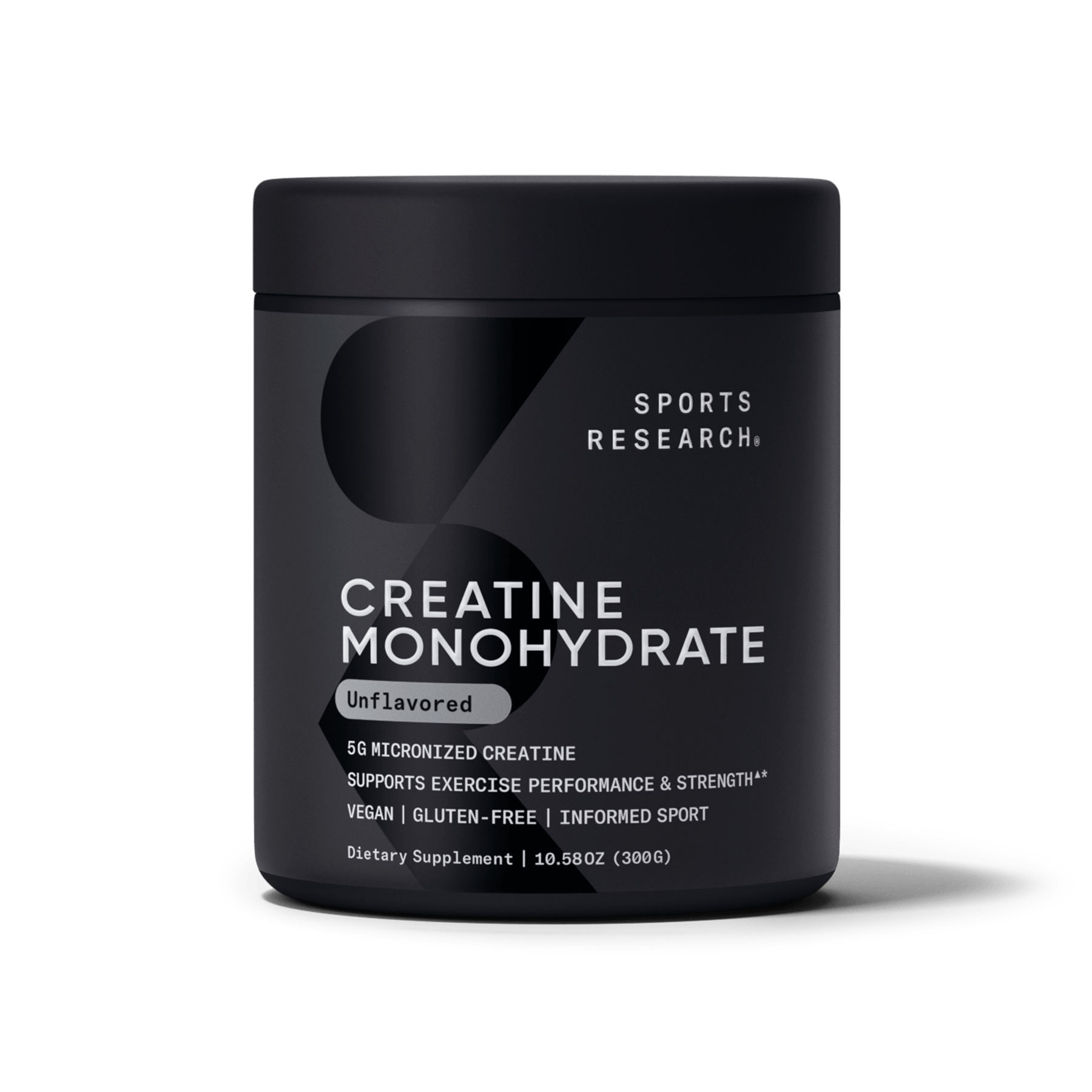
Luteolin is a bioflavonoid with potent antioxidant and anti-inflammatory properties. It is naturally occurring in many foods including; artichoke, celery, parsley and peanuts.
Like PEA, luteolin has several mechanisms of action. It inhibits mast cells, as well as mast cell-dependent T cell activation. Luteolin modulates microglial activation and inhibits pro-inflammatory cytokine production. [1] It also acts on GABA and opioid receptors in the spinal cord.* [2]
The combination of PEA with luteolin has been shown to decrease mast cell activation significantly more than PEA or luteolin alone, and to reduce pro-inflammatory cytokines (TNF-alpha, IL-1 beta, IL-6) and chemokines (MIP-1 alpha, MIP-2) significantly more than PEA or luteolin alone. Additionally, PEA with luteolin was shown to reduce oxidative and nitrosative damage more effectively than PEA or luteolin alone.* [3]
1. Dirscherl, K., Karlstetter, M., Ebert, S. et al. “Luteolin triggers global changes in the microglial transcriptome leading to a unique anti-inflammatory and neuroprotective phenotype.” J Neuroinflammation 7, 3 (2010). https://doi.org/10.1186/1742-2094-7-3
2. Li, Ming et al. “Luteolin improves the impaired nerve functions in...” International journal of clinical and experimental pathology vol. 8,9 10112-20. 1 Sep. 2015. https://www.ncbi.nlm.nih.gov/pmc/articles/PMC4637533/
3. Impellizzeri, D et al. “Palmitoylethanolamide and Luteolin Ameliorate Development of...” Arthritis Research & Therapy 15.6 (2013): R192.PMC.Web. 17 Mar. 2018. https://www.ncbi.nlm.nih.gov/pmc/articles/PMC3978572/





